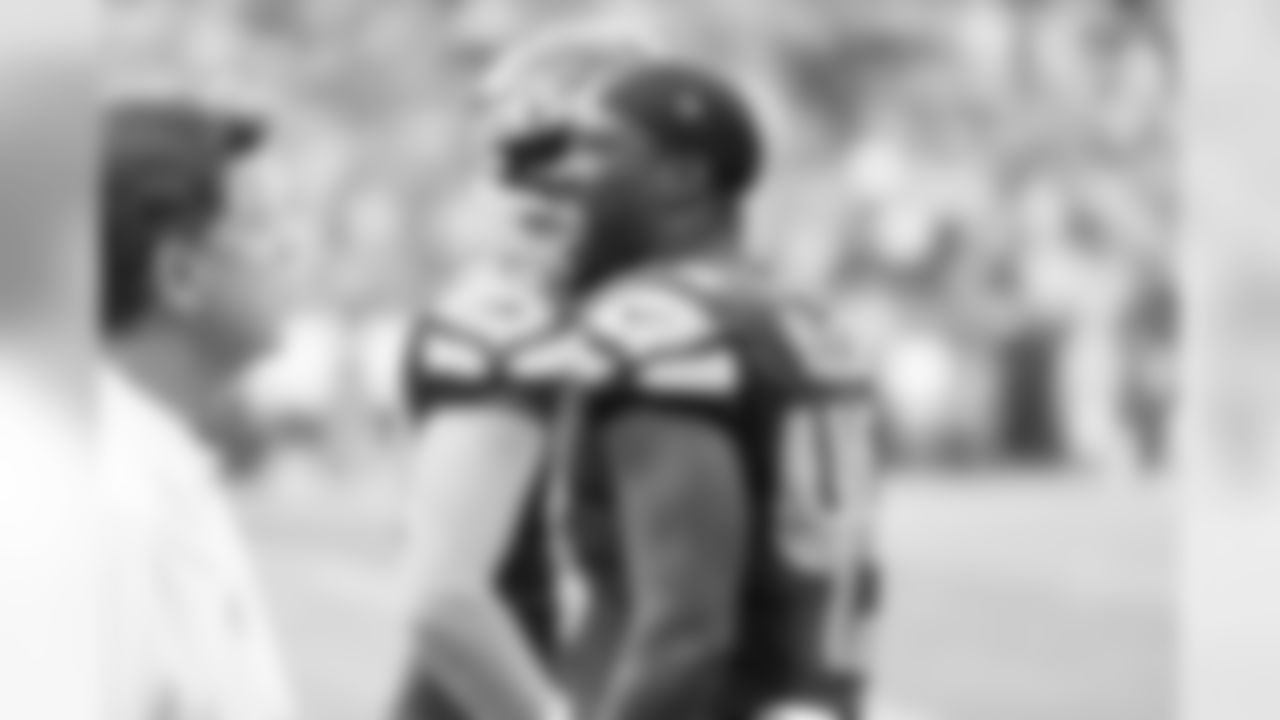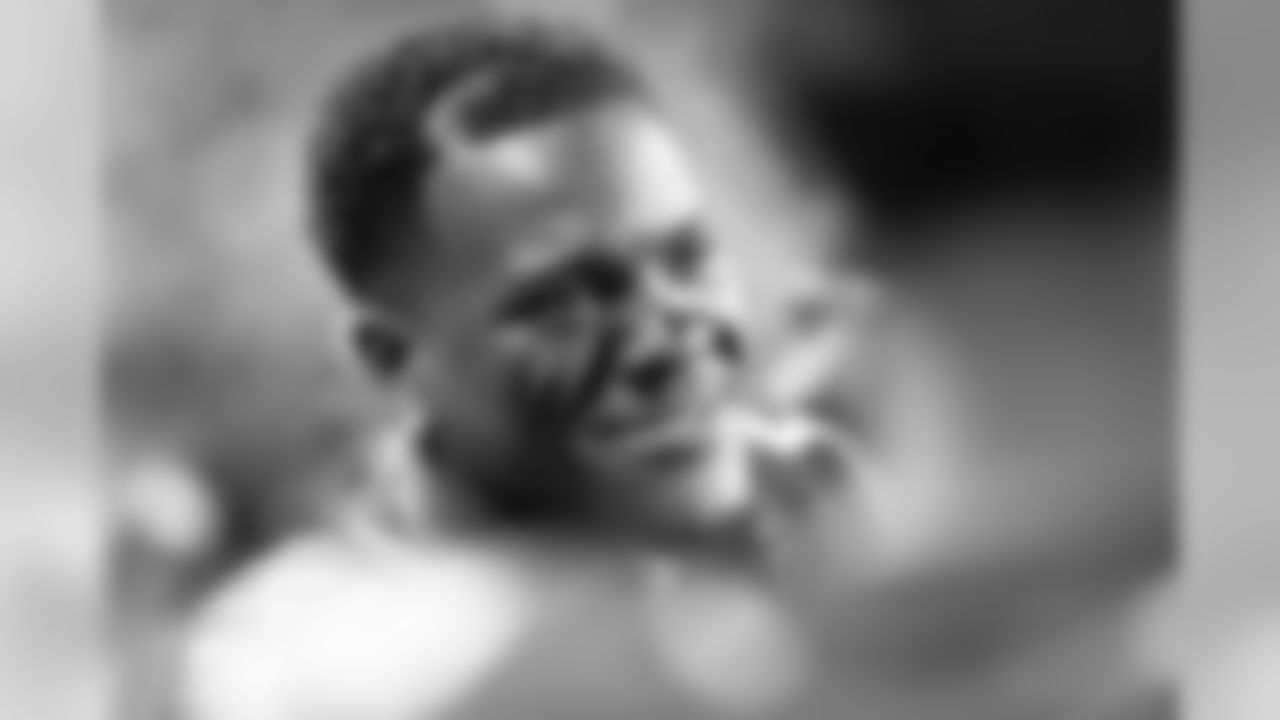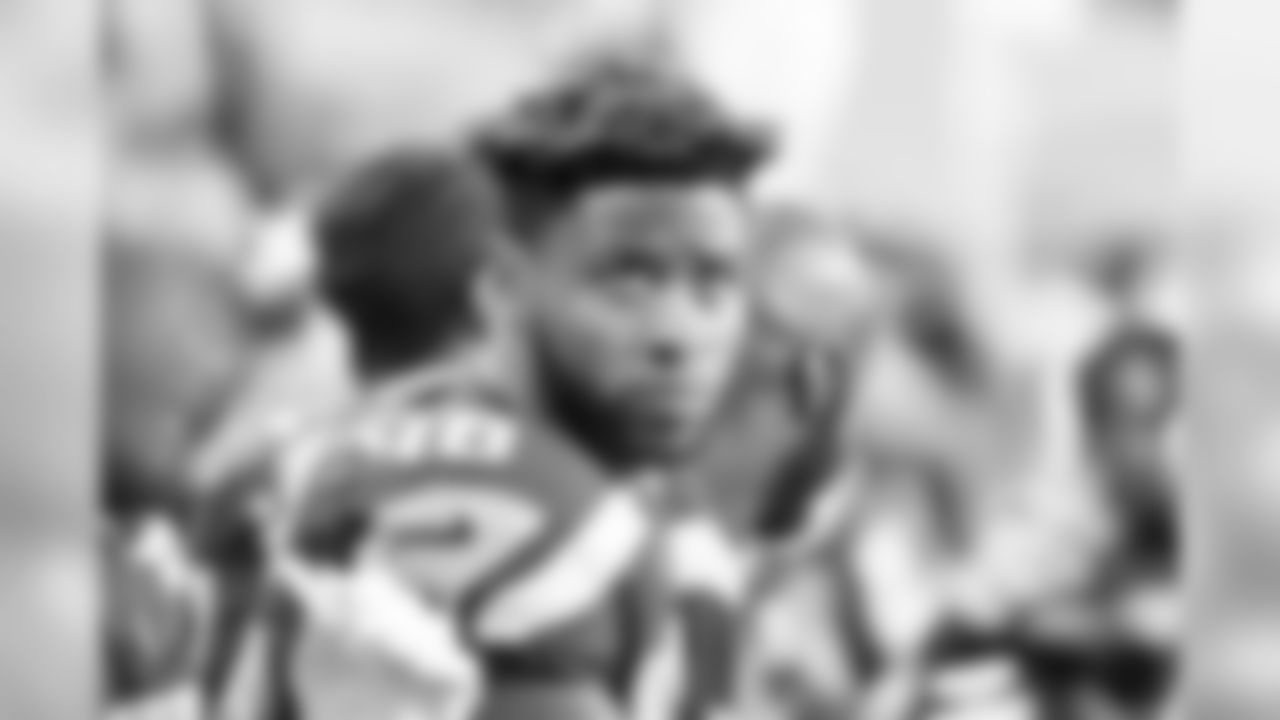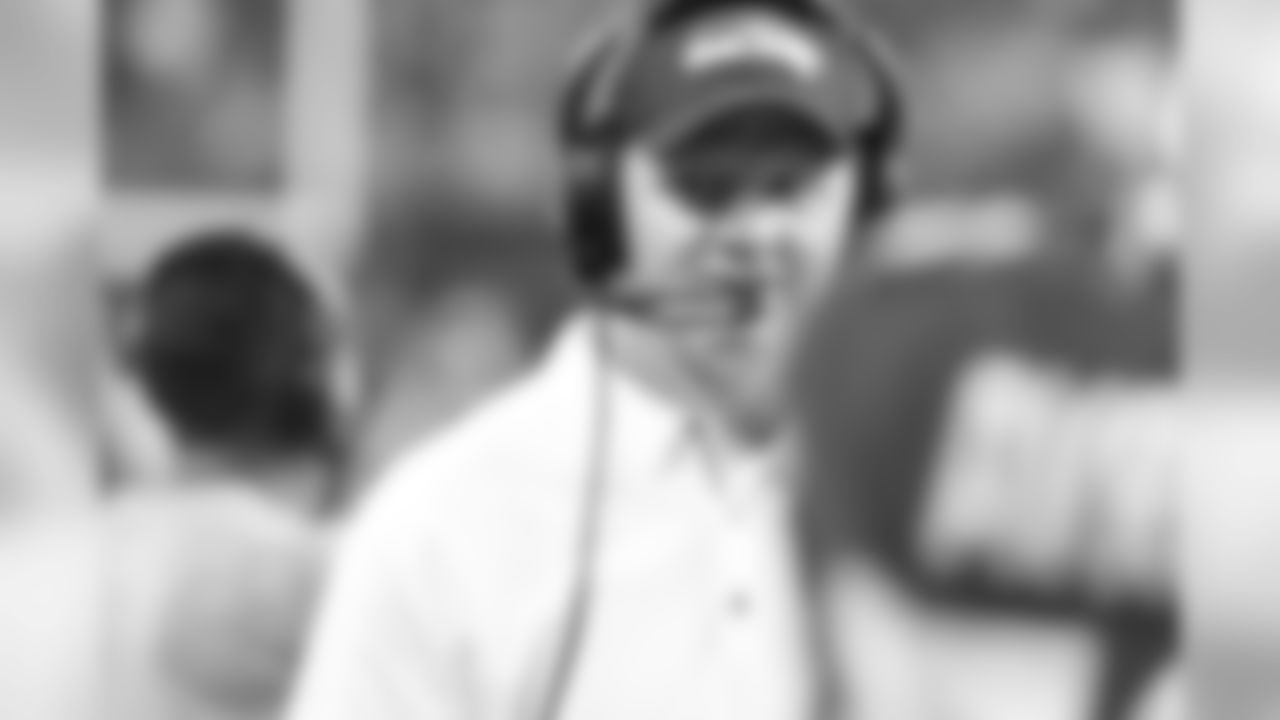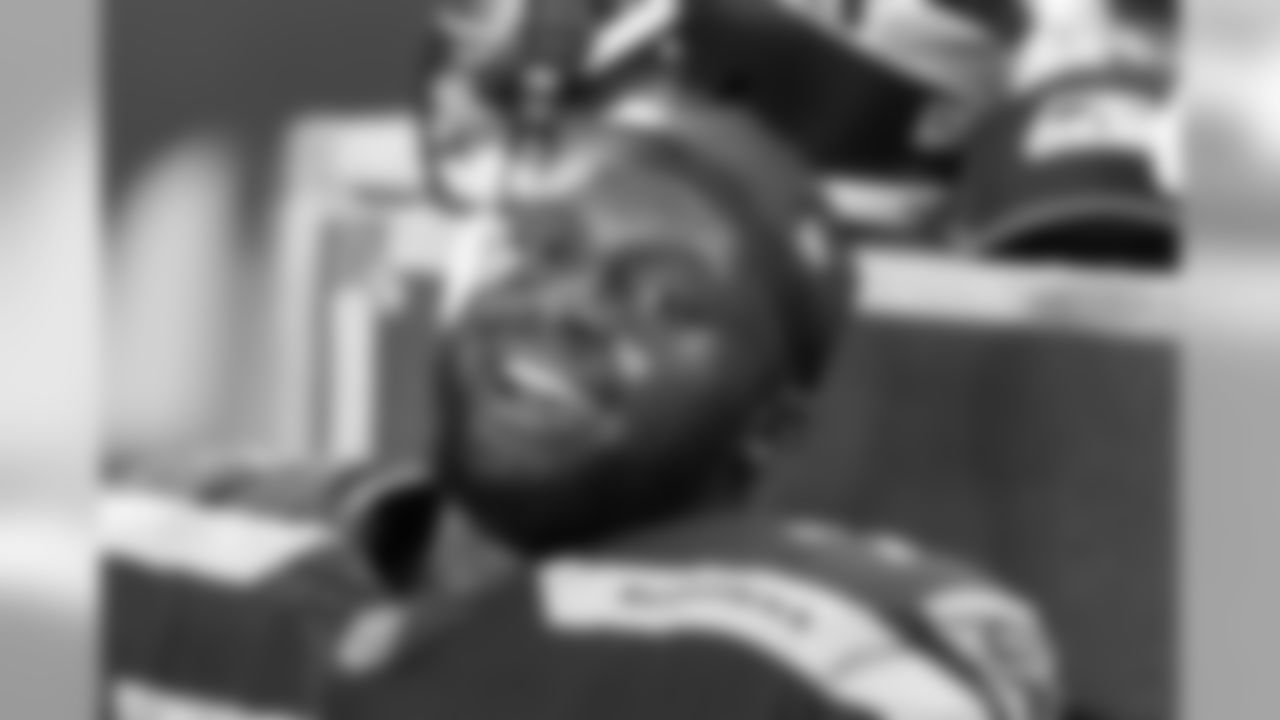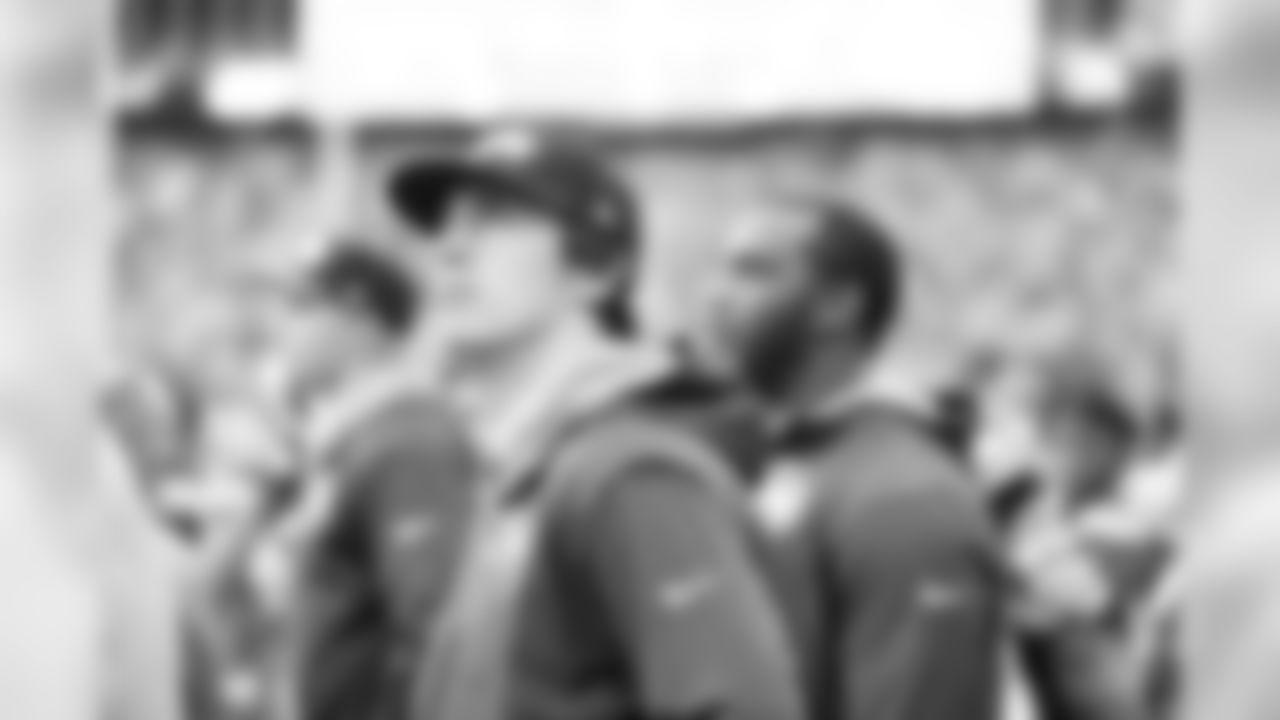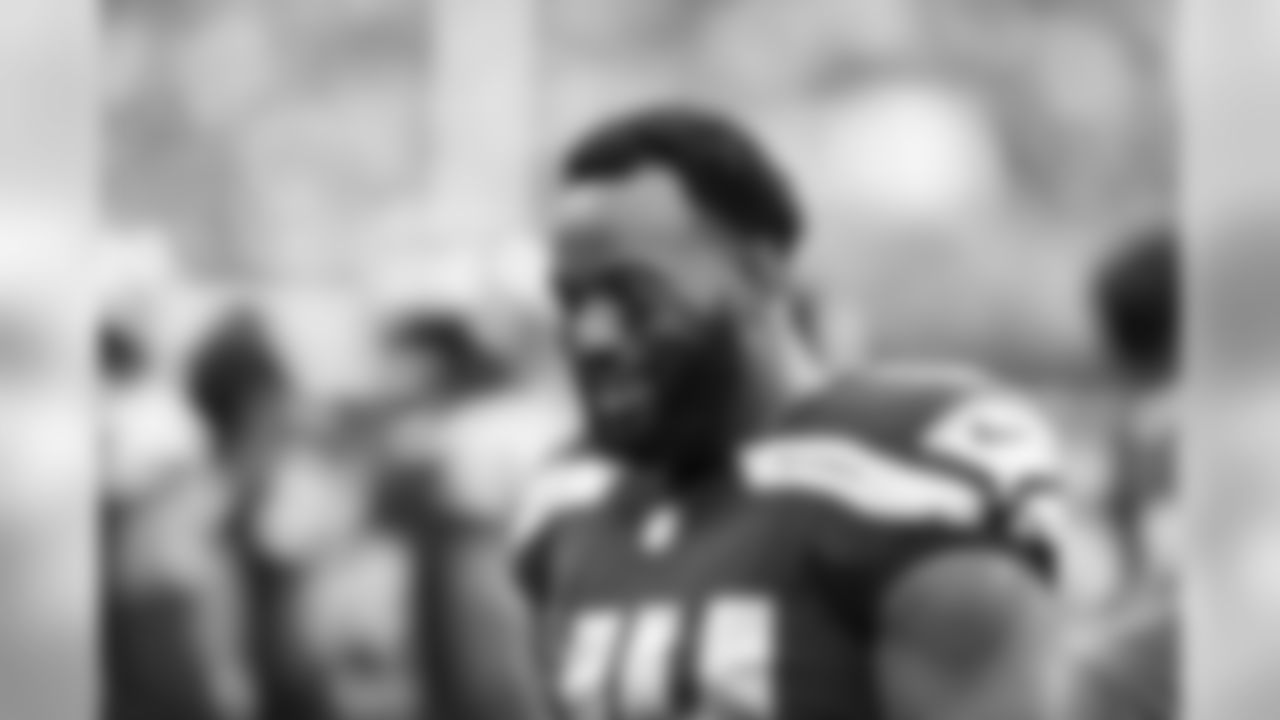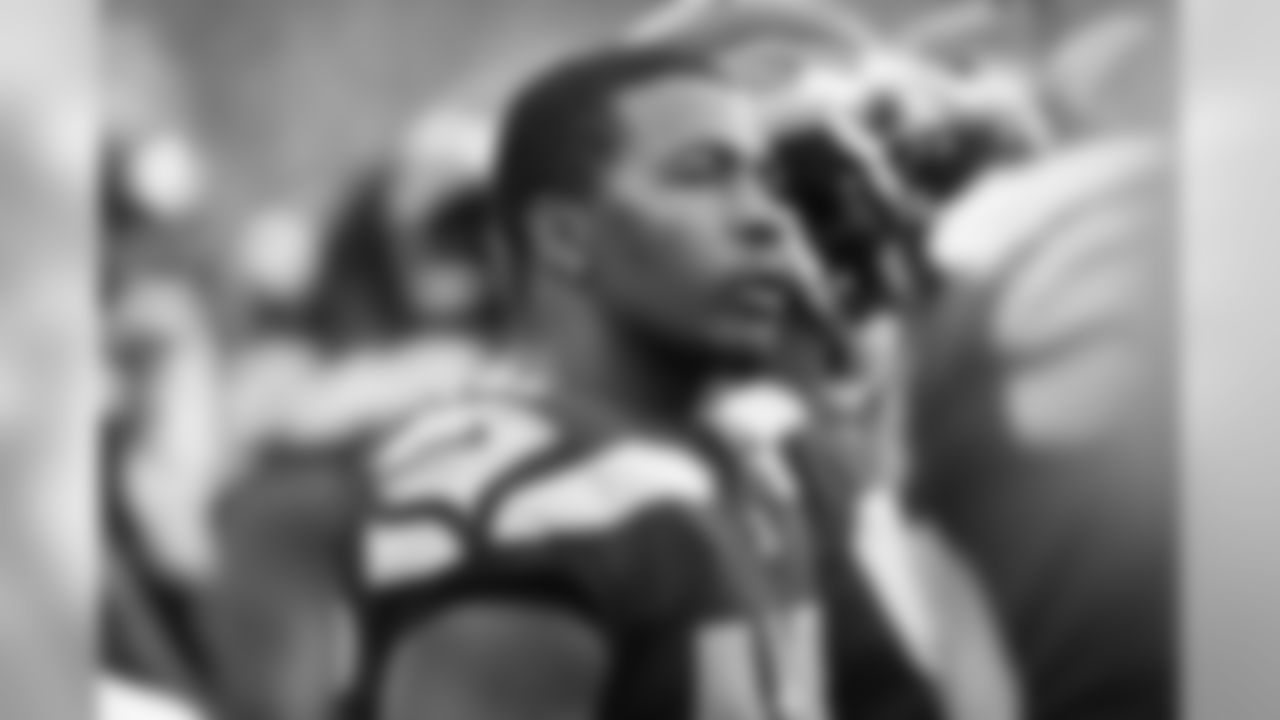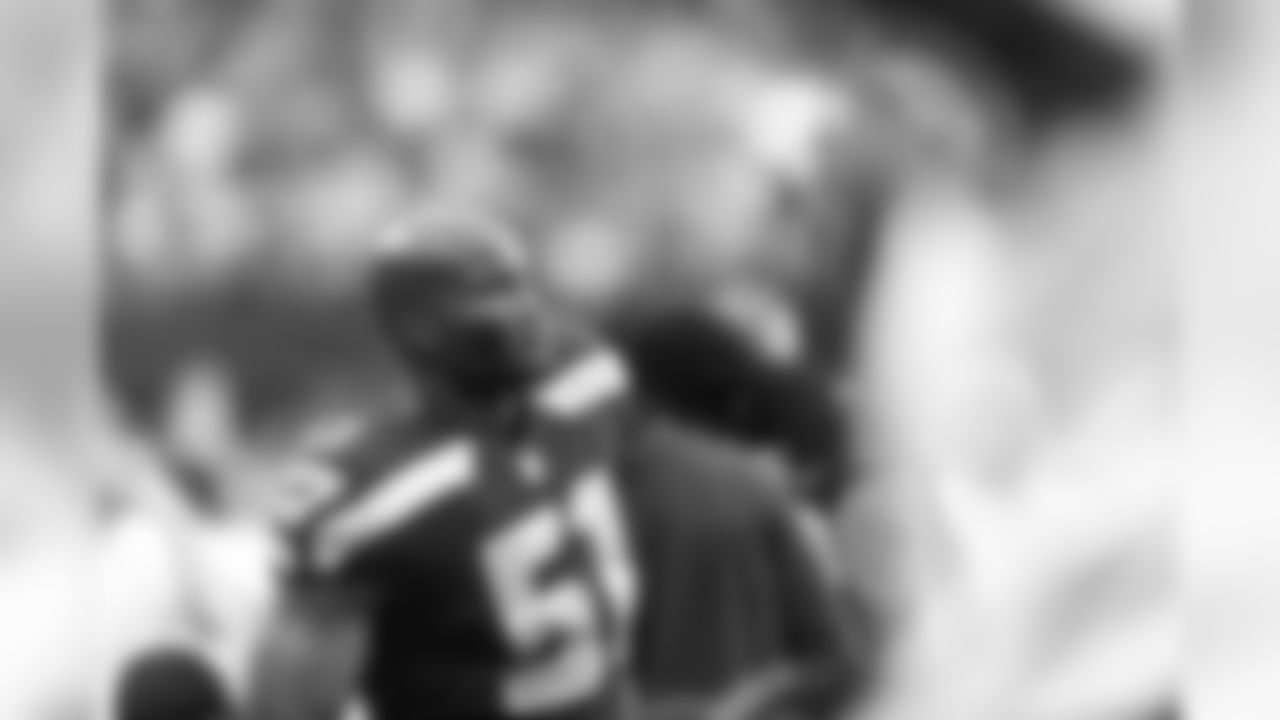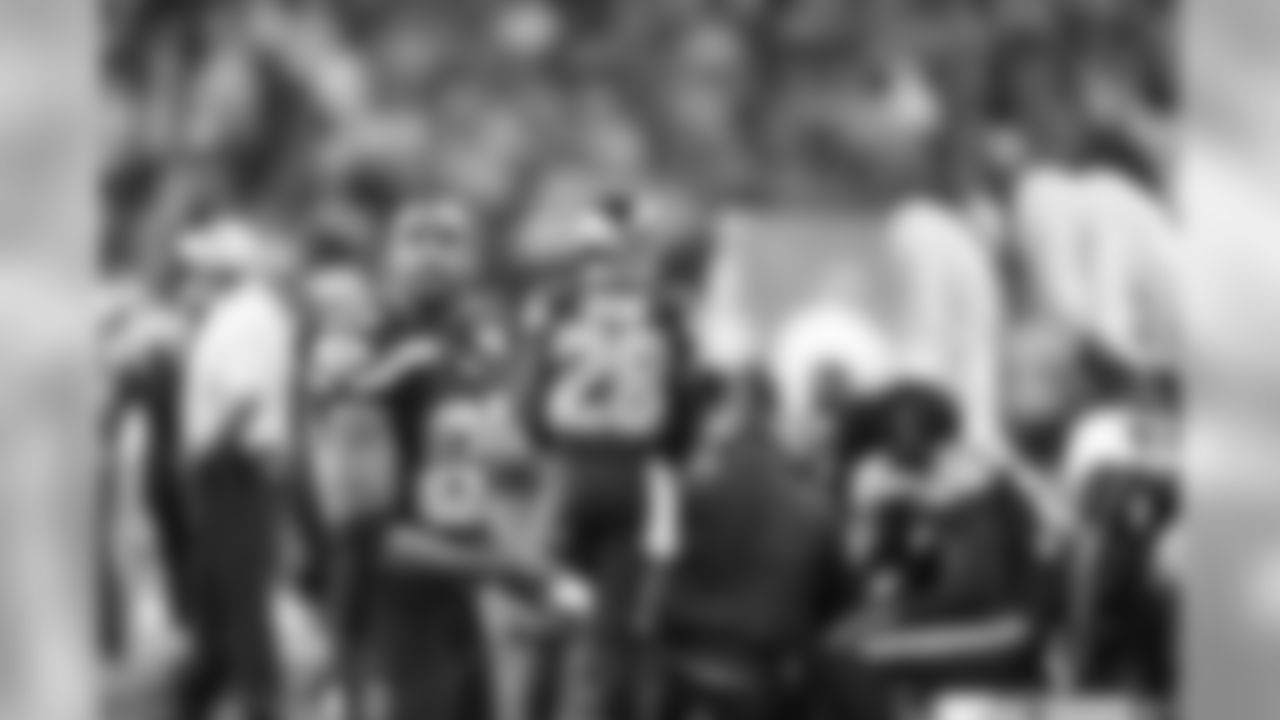Scott Engel of RotoExperts.com is in his seventh season of Fantasy Football analysis on seahawks.com. Scott is an inaugural member of the Fantasy Sports Writer's Association's Hall of Fame and a former FSWA Fantasy Football Writer of the Year Award Winner. He can be heard on FNTSY Radio every morning and seen on FNTSY Sports Network daily on CenturyLink's sports package and Dish Network.
Last week, we helped you navigate the first round of your Fantasy Football Draft. Since then, an injury to Odell Beckham Jr. has slightly changed the scope of Round One, but he is still being recommended as a mid first rounder by many Fantasy analysts. You may have continued to obsess about your first choice, but you need to expand your focus to truly execute a strong draft. The first question most Fantasy owners ask is "who should I take in the first round?" The second is, "what positions should I take in what rounds in the early parts of the draft?"
There is no one specific rock-solid answer to the second question, but you can build a "shell" or framework of a plan. You cannot stick to it rigidly, though, because you never know how the flow of a draft will fully play out. You must be ready to adjust on the run, because you never know for sure what player may fall to you at any time or who could be taken directly ahead of you when there's hope to get a guy you really want with your next selection. We've all been "sniped" or had a guy we really wanted taken just one spot ahead of us. Just be ready with your next optimum selection.
We must remind you that the first, and most important rule, is to know your scoring system and apply it to how you draft. For example, NFL.com managed leagues have a default starting lineup of one quarterback, two running backs, two wide receivers, one flex player, a tight end, kicker and a defense. Many leagues, such as an NFL.com custom format that you may play in with your friends and co-workers, will add a third wide receiver. So you must draft accordingly.
While you should not stick hard and fast to this framework in all situations, it's usually best to get your running backs and wide receivers first before focusing on quarterbacks and tight ends. So in the NFL.com default setup, you should at least get two running backs and two wide receivers in the first four rounds, in no particular order. Don't be the inexperienced player who takes a quarterback in the first two rounds. Quarterback is the most important position in the NFL, but not in Fantasy Football. You only have to start one in most cases, and they are often more predictable and steady than players at other positions. But if your custom league awards more than four points for a TD pass, you can bump them up the board a bit, but you should still not take one in the first round when many top running backs and wide receivers are available.
The first 18 players off the board in NFL.com drafts, according to the Average Draft Position (ADP) Report are either running backs or wide receivers. So the early flow of the draft will demand that you get involved at those positions right away. Aaron Rodgers is being picked as the 19th player off the board, which is too early when you consider how deep the QB position is. TE Rob Gronkowski is going at 20th overall, but that is also too early when you consider his availability is often a question mark. Only three of the Top 33 players taken are non RBs and WRs. Yet you can still get a QB like Russell Wilson in the sixth or even Kirk Cousins in the ninth of NFL.com leagues. Jimmy Graham is being selected in the sixth round and Tyler Eifert in the seventh. So you can wait for very good starters at that position also.
If you opt for a running back in the first round, you don't necessarily have to grab a wide receiver in the second. You will likely have a better one-two RB punch than a lot of your league mates, but then you should likely stick firm with two WRs thereafter, and then you can start thinking about a QB or TE in the fifth round. But you also should strongly consider a flex option in the fifth, and if you go QB or TE in the fifth, you should not wait longer than the sixth round for the flex.
If you do go RB in the first, you may likely also nab a prime WR in the second round. Then you will have to likely take a RB/WR duo in the third and fourth, in no certain order. The theme here is to grab two RBs and WRs in the first four rounds, and maybe another in the fifth in NFL.com standard leagues. In leagues where you start three WRs and also have a flex, you should consider waiting for the QB or TE in the seventh and eighth rounds. Of course, there are exceptions if you can take a player like Drew Brees in the fifth round or Graham in the sixth.
Once you have built the desired RB/WR core, then your focus should be to fill out your starting lineup of skill positions only. So in an NFL.com standard league, your first seven picks should be two RBs, two WRs, a flex player, a quarterback and a tight end. Then, for most of the remaining rounds until the final two or three, you should pick off depth and get values and sleepers. Leave your defense and kickers until the final rounds. Defenses are very unpredictable from year to year and you may not start getting a feel who the best units truly are outside of the very elite until the third or fourth week of the regular season. If you do want to jump earlier for a unit you feel strongly about, then take one about three rounds close to the finish of the draft. You will lose out on more important skill players if you take a defense too early.
Kickers are even less predictable than defenses, and can be very volatile on a week to week basis. They should be your very final selection. You should not take backup defenses and kickers, as they will often be readily available on the waiver wire. In some leagues, you can even forgo taking a backup QB. If you have a consistently durable option like Brees, you will only need the backup for one week.
Also, do not stick rigidly to some Fantasy Football axioms that are popular but not always applicable. You do not always have to handcuff a starting RB if you see a player like still available, plus the top backup RBs are not always apparent in the preseason. Do not get caught up in schedule analysis, as too much of it is based on the previous season. Also, don't worry about bye weeks for most of your skill position guys outside of QB. By the time the byes approach, your team roster will certainly change from what it looks like on Draft Day.
For more rankings and insights from Scott Engel and his team, register now for the Xclusive Edge Fantasy Football package at rotoexperts.com/discount. Seahawks.com readers get 10 dollars off with promocode "seahawks" at checkout.
RELATED
- Fantasy Insider: Which Players To Target In Round One?
- Fantasy Insider: 14 Sleepers & Breakthrough Players For 2017
- Fantasy Insider: 2017 Quarterback Preview and Position Rankings
- Fantasy Insider: 2017 Running Back Preview and Position Rankings
- Fantasy Insider: 2017 Wide Receiver Preview and Position Rankings
- Fantasy Insider: 2017 Tight End, Defense/Special Teams, Kicker Preview and Position Rankings
This photo gallery brings you right along the sidelines, showing you the player and coach reactions to Friday's game against the Minnesota Vikings.
